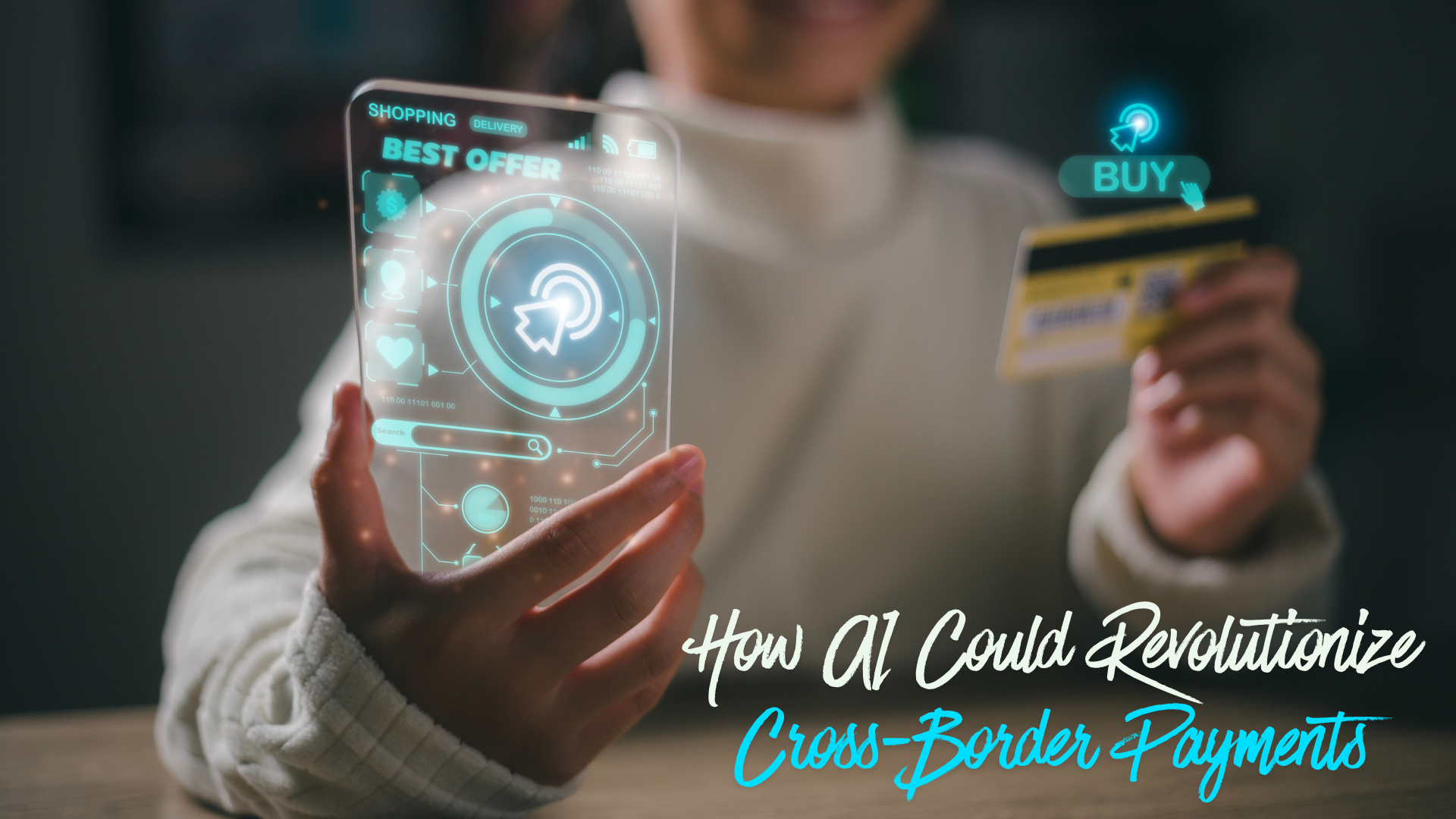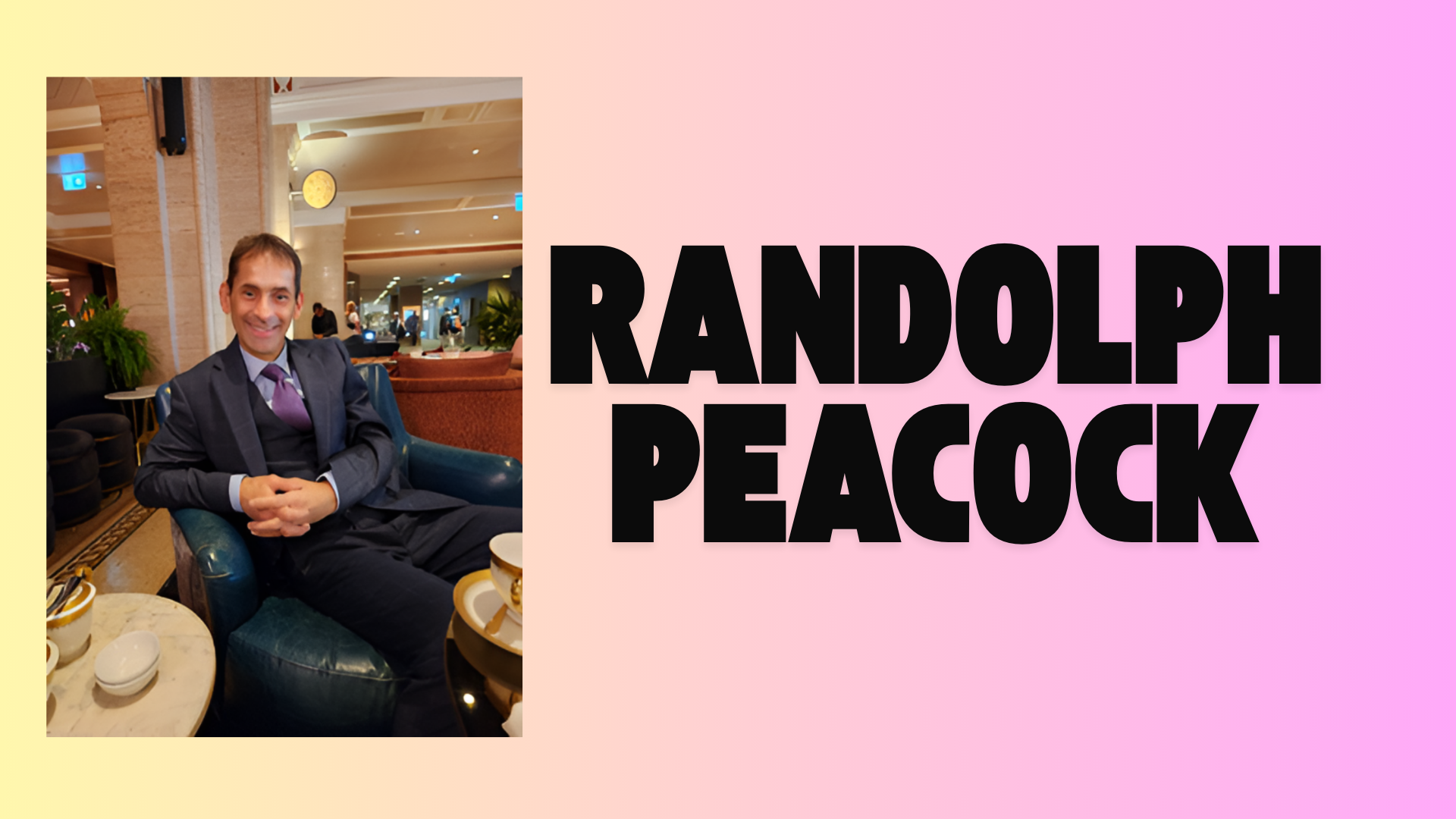Companies are finding themselves at a crossroads, with consumer behavior shifting faster than expected. Trends that used to last for years can now change overnight. The rise of e-commerce, for instance, caught many businesses off guard. The rapid dominance gained by these digital platforms made physical stores no longer the main place people shopped. But that wasn’t the only surprise. During the pandemic, consumers reprioritized what they valued. Health, safety, and convenience shot to the top of their lists, forcing businesses to rethink not just what they offered, but how.
Quick adapters were likely to stay ahead by improving online experiences, offering delivery, and placing safety measures. Companies like Amazon flourished, while others struggled to catch up. But this kind of agility isn’t limited to the tech giants. Even smaller companies that were able to pivot their business models and focus on the new consumer needs found themselves surviving and sometimes even thriving during difficult times.
End-user behavior has undergone a dramatic shift in recent years. People’s spending habits have changed as a result of growing prices and economic insecurity. Most people are shifting their attention from high-end, luxury goods to more reasonably priced, daily goods.
Take recent studies that show 64% of consumers now prioritize value for money over brand loyalty when making purchasing decisions.
Shoppers are actively looking for bargains rather than enjoying pricey items, and this has an immediate effect on the profitability of many companies, prompting them to reconsider their pricing policies.
Businesses that once promoted luxury and exclusivity are now shifting their message toward value and affordability. These luxury brands are witnessing slower growth, with about 15% decline in sales across several markets compared to the preceding year. Consumers now expect more value for their money which is a demanding factor these days.
Brands are focusing more on showcasing the benefits of their products, offering discounts, promotions, and loyalty programs. 45% of retail companies have implemented this strategy in the past year, keeping market needs in mind. While some companies are making operational adjustments to reduce costs. In most cases, businesses are reducing their workforce or automating processes to save on labor costs.
Take Coca-Cola, for instance. The company reduced its product range by nearly 20%, eliminating lesser-known brands to concentrate on its core offerings. This streamlining has helped the company remain efficient while meeting the new demands.
Retail giants like Target and Walmart have seen a surge in sales of budget-friendly goods, while high-end retailers are struggling to attract their usual clientele.
This shift isn’t limited to retail. Automotive, hospitality, and even tech companies are feeling the pressure. Budget airline companies are outperforming luxury carriers by adapting to new consumer priorities and winning market share in these uncertain times.
Businesses should prioritize investing in sustainable choices since 72% of consumers are willing to pay extra for them. Digital transformation is another trend gaining momentum. This has been accepted by
corporations like Nestlé and Unilever.
Many companies are expecting moderate growth, putting a greater focus on growing their online presence and efficiency. Retailers are expecting a 5-8% increase in sales in the next couple of years, mainly due to value-oriented goods.
In the long run, companies are focused on durability and change. This is being aware of consumer trends and ready to adjust the track as needed. Building solid relationships with customers will be essential to success in the future, as people look for companies that provide experiences and value along with products.
Businesses can no longer afford to stay static. The companies that survive and thrive are those that are constantly evolving, staying nimble, and being ready to rotate when the market shifts. Consumer behavior isn’t what it was a year ago, and it might not be the same a year from now.
In fact, the majority of consumers are more price-conscious than before, and half of them are now prioritizing value over brand loyalty.
It’s not just about offering products or services anymore. It’s about creating value that speaks to the evolving priorities of consumers. Of course, the road ahead won’t be easy. Economic uncertainties, supply chain disruptions, and shifting demand are all part of the new business landscape.
As we look to the future, the businesses that continuously innovate, adapt to change, and deliver real value are the ones that will shape the market and secure their place in it. They won’t just be reacting to trends. They’ll be creating them.









